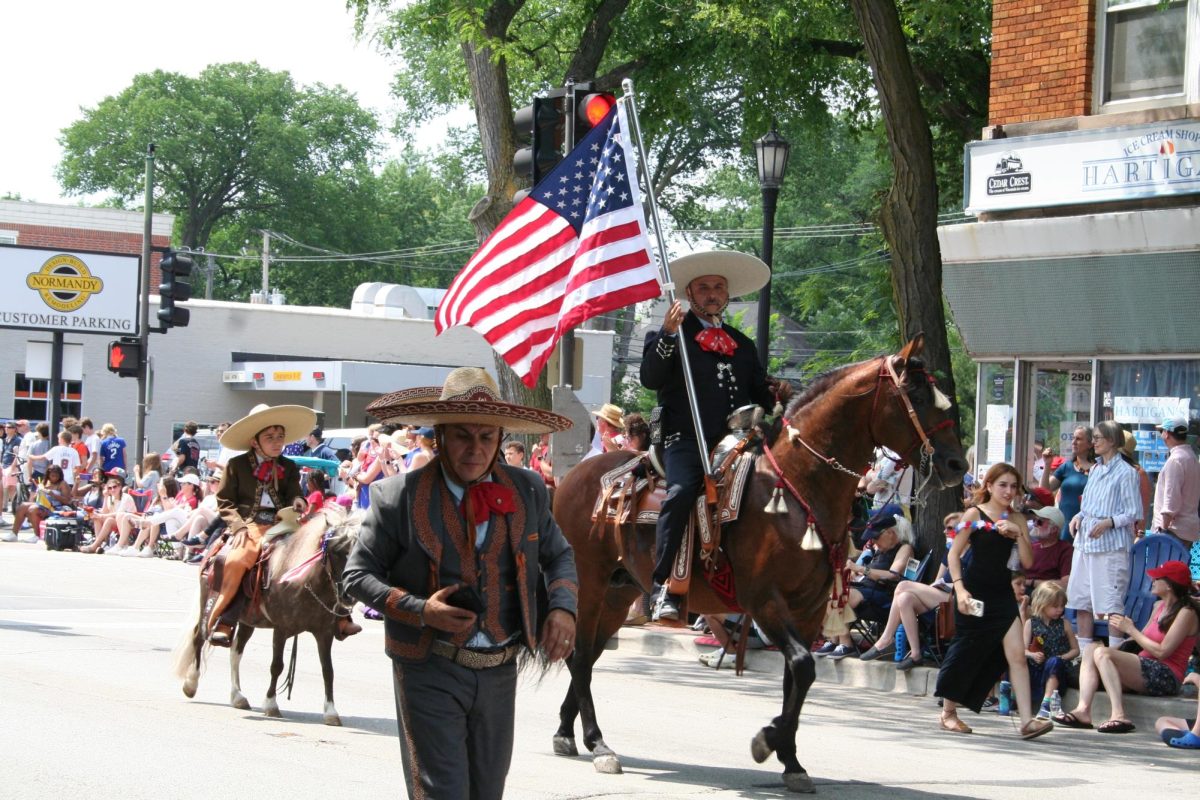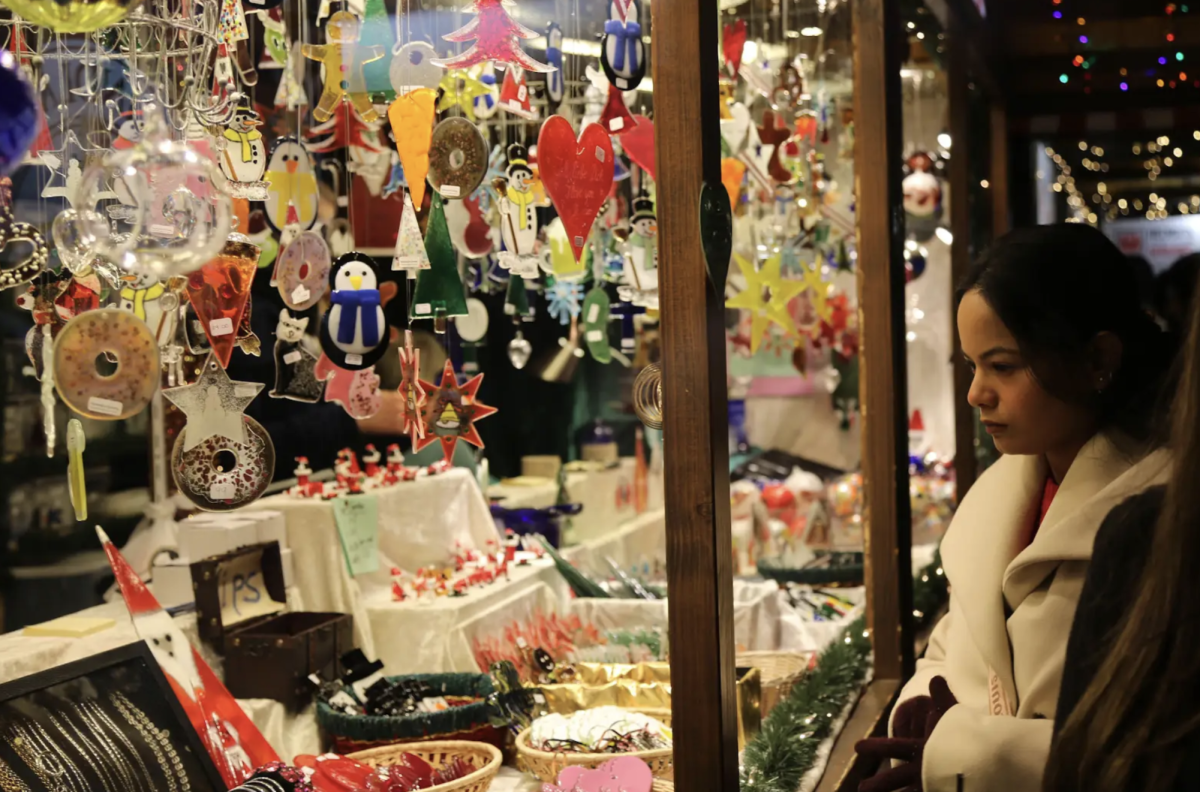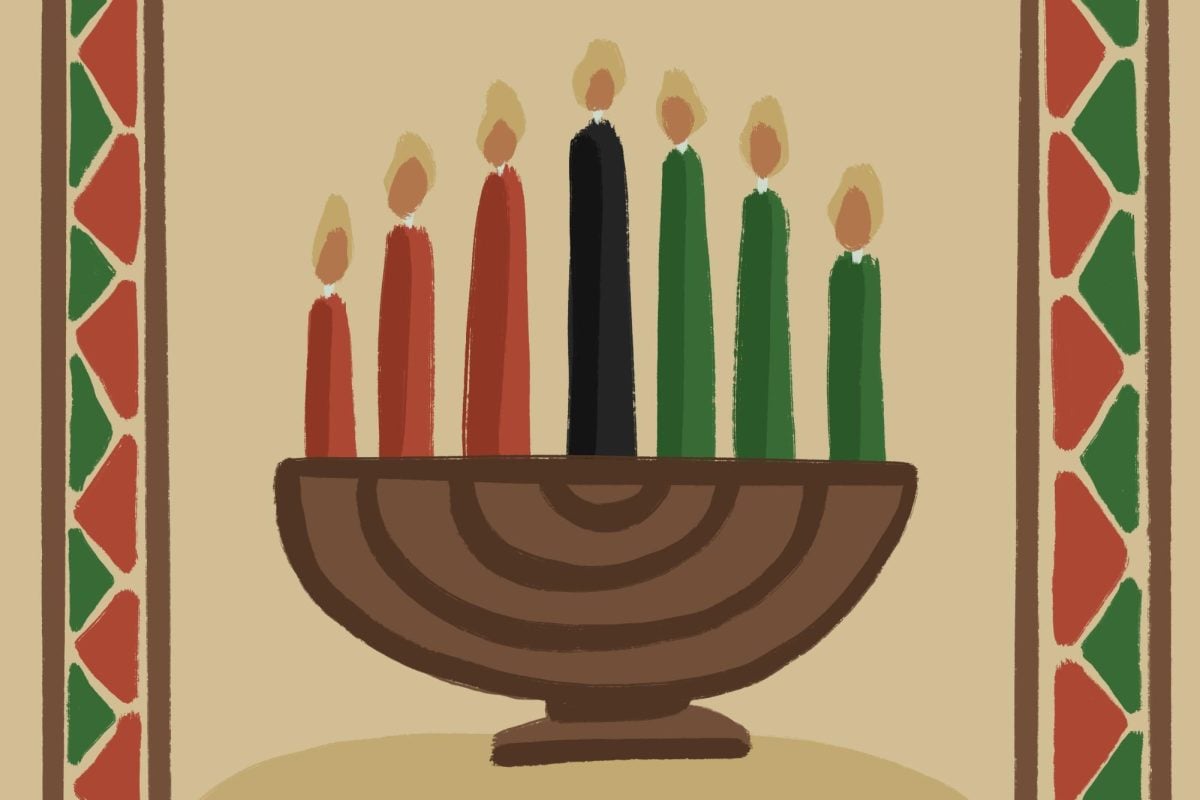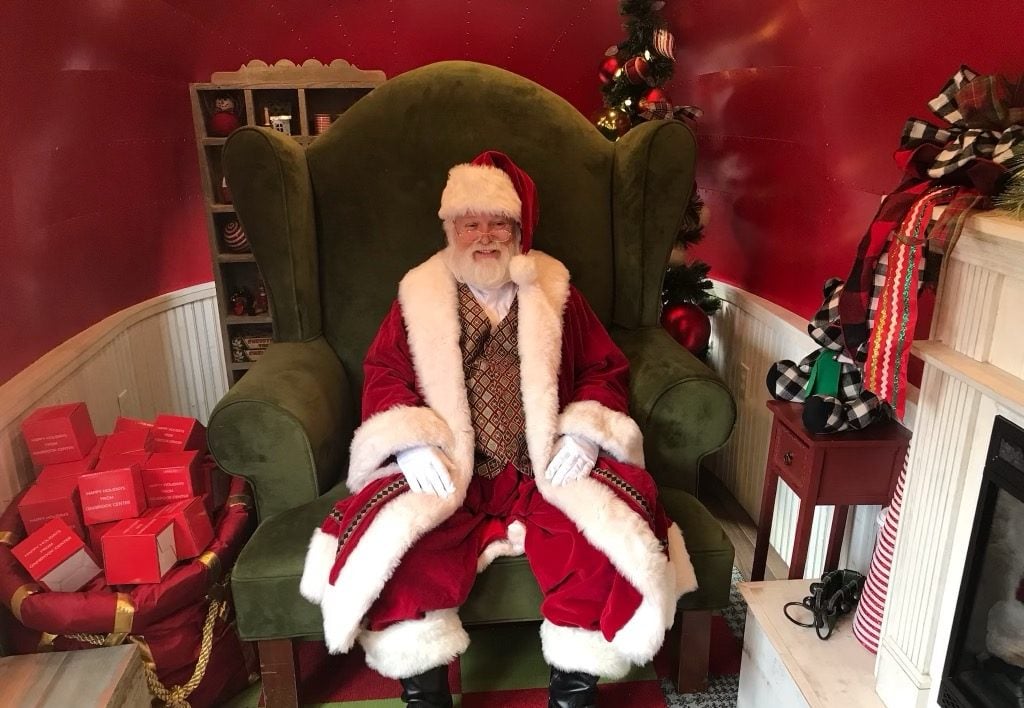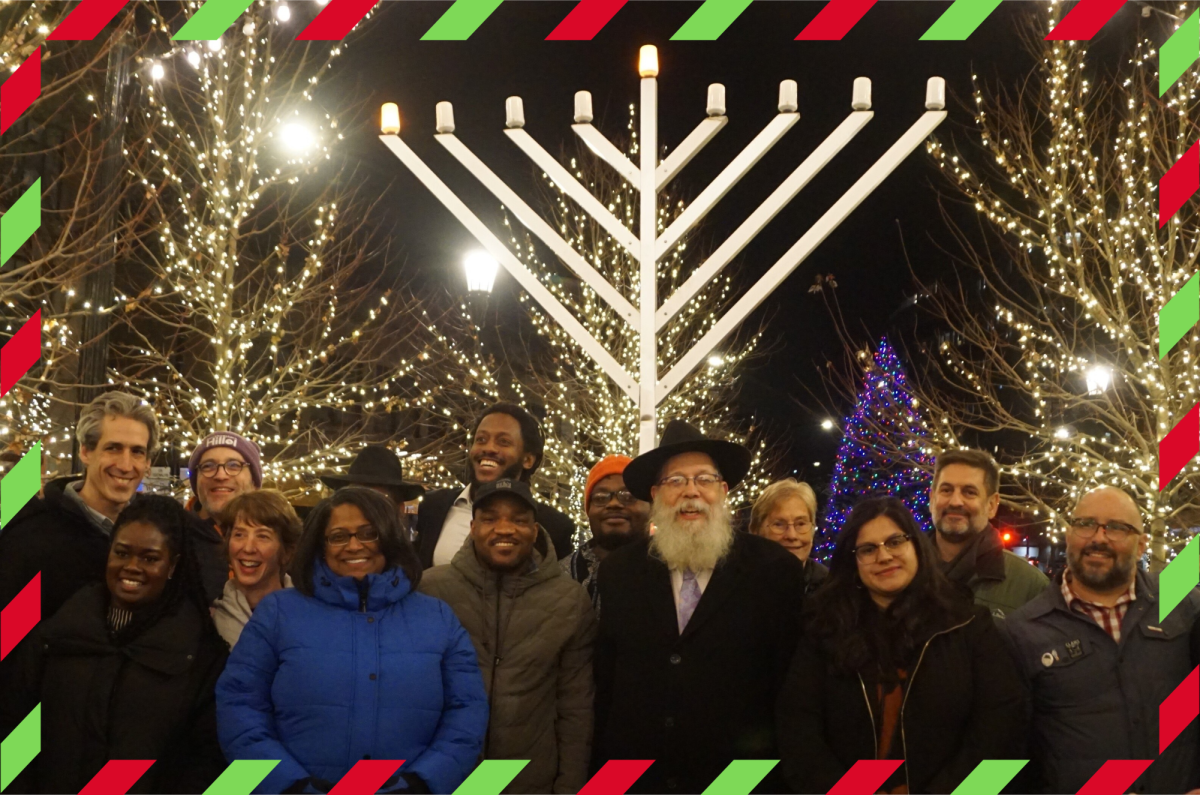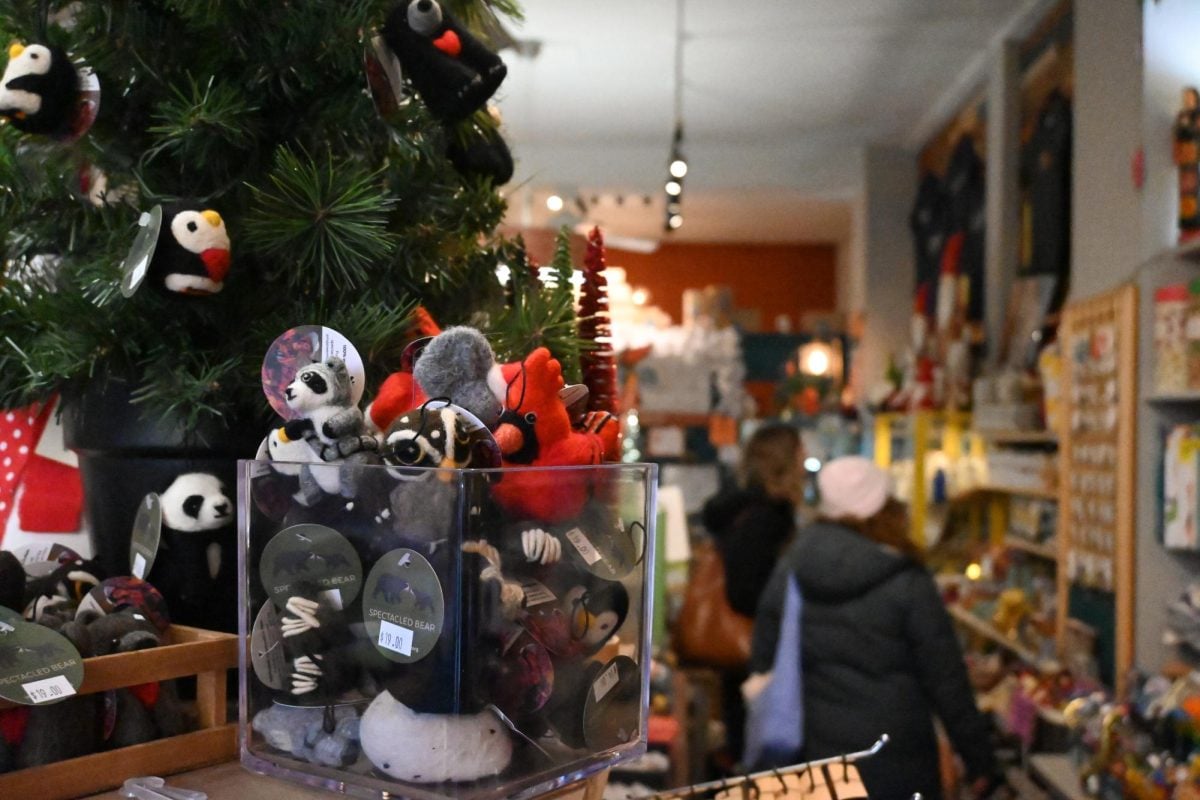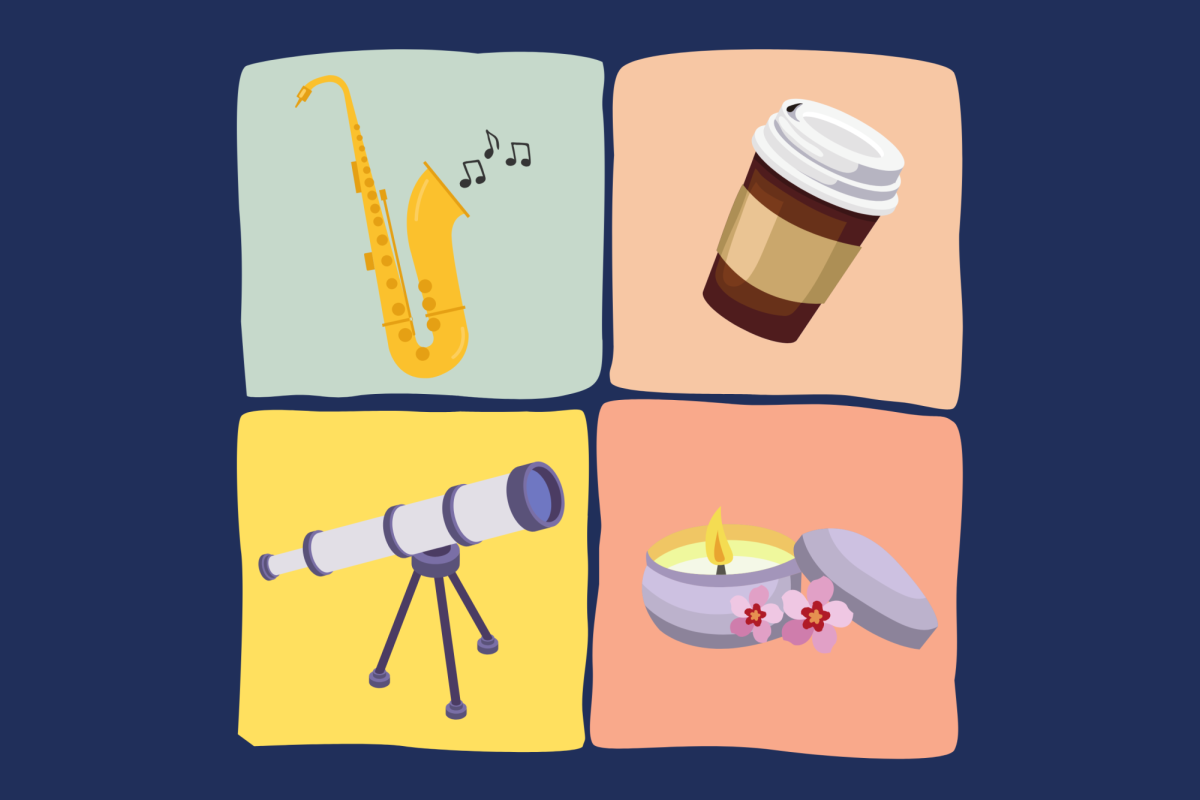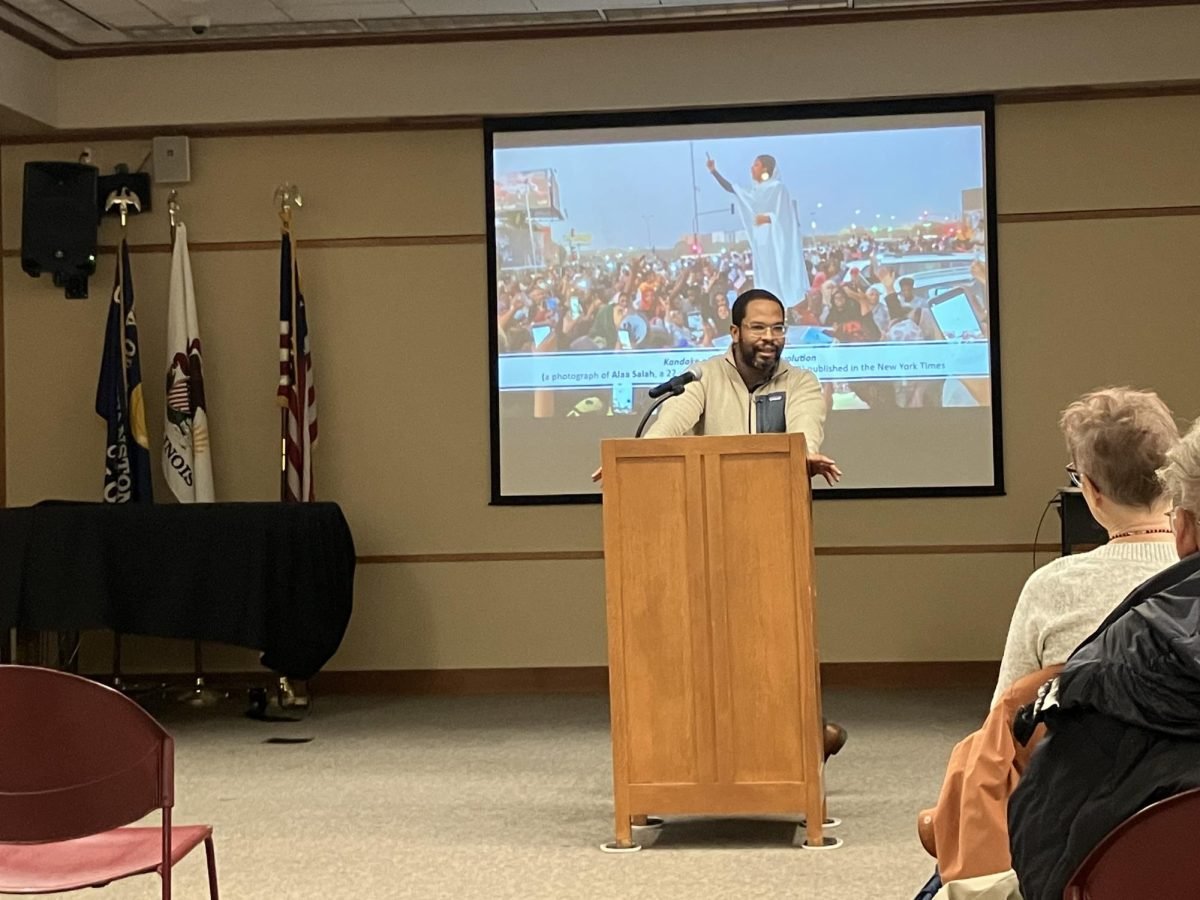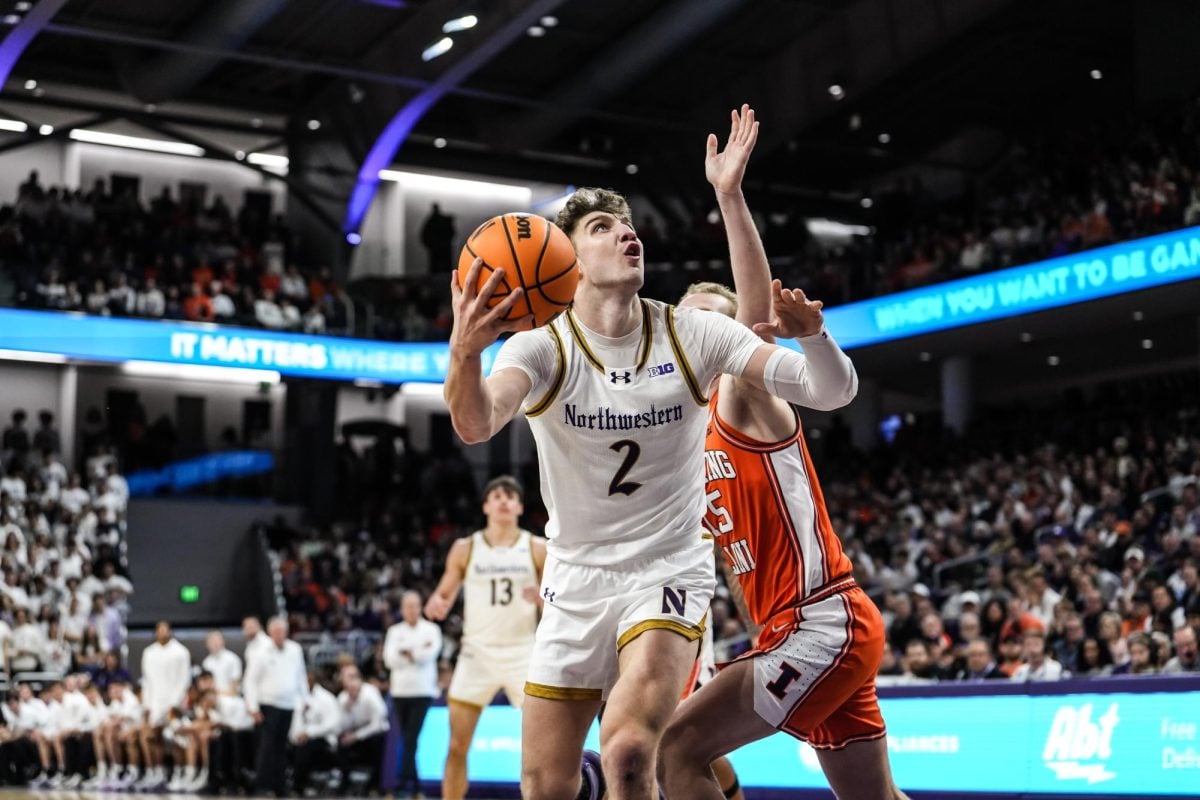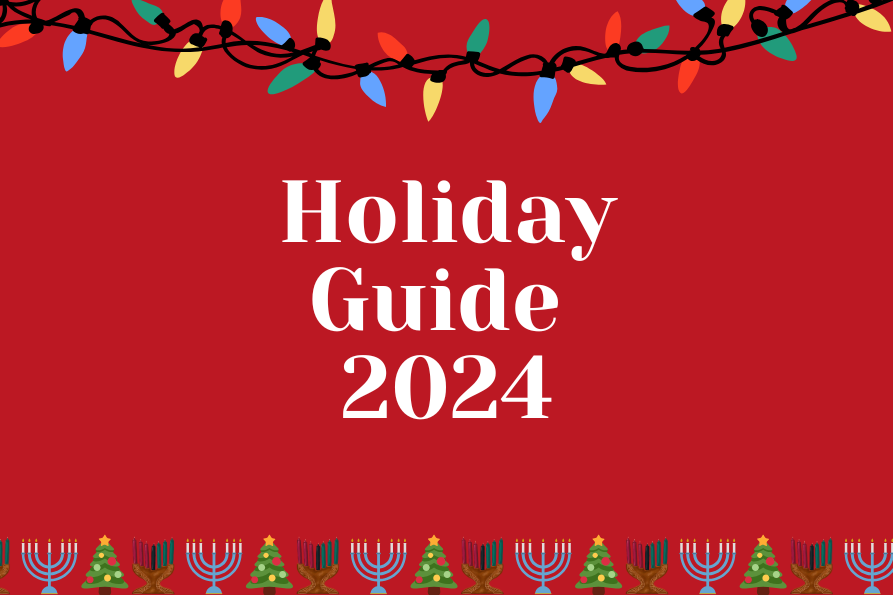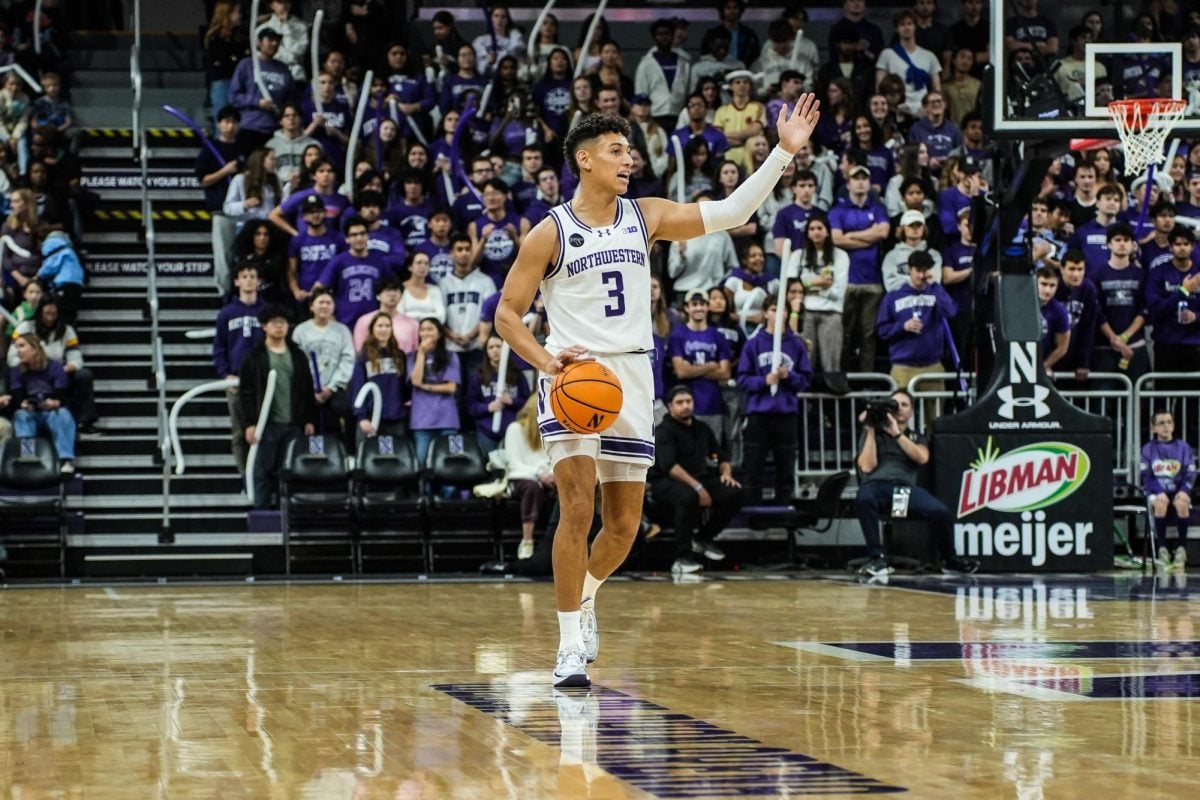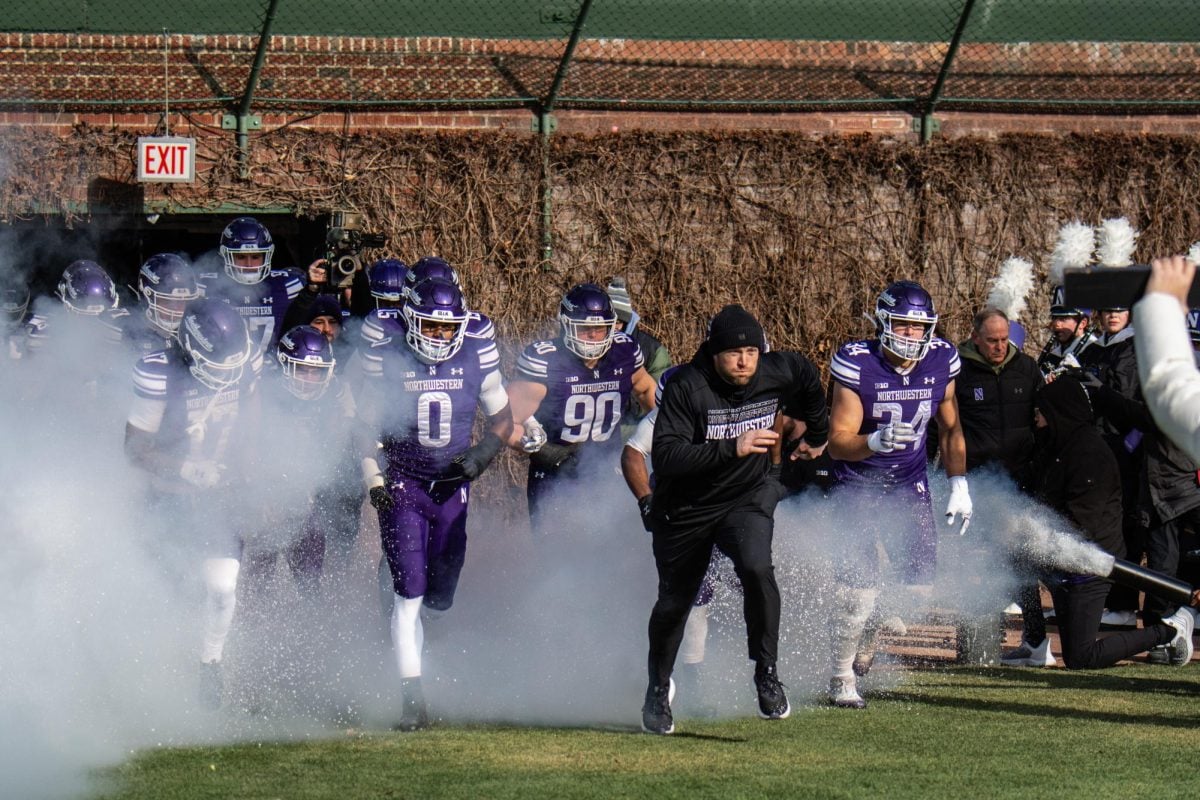As horses flicked their tails and gnawed on a bushy lawn outside a tall brick apartment building, charro riders from Asociación de Charros de la Mesa prepared their outfits and saddles for Evanston’s Fourth of July parade. An hour later, a breeze ruffled the strutting horses’ tails and saddle tassels as the Asociación de Charros de la Mesa rode down the street.
A firefighter by day, charro Manny Galvan, 47, learned how to ride in elementary school. The thrill of riding in Evanston’s Fourth of July parade has kept him coming back for years.
“When I first started doing this, I was getting goosebumps all the time,” Galvan said. “Everybody [is] screaming and chanting. The environment makes it worth doing.”
Known as charros or Mexican Cowboys, these performers wear outfits complete with colorful puffy dresses, embroidered jackets and wide-brimmed hats. Charros have become synonymous with Mexican culture through the country’s national sport: Charrería, a rodeo-like competition where participants compete in events like roping, horse dancing and women’s synchronized riding.
Although Charrería is often compared to rodeo, one key difference is the saddle used. Instead of the slim knobby handle typical to western saddles, the horns saddles of charros are bulkier, historically allowing for easier access when roping cattle, Galvan said.
Those saddles have become a way for younger Evanston charros to make the culture their own. Evanston Township High School junior and synchronized rider Zayra Arellano said some younger charros prefer adorning their saddles with metal whereas older generations often prioritize detailed designs.
Long before the parade started, West Chicago resident Lupe Aguinaga’s husband rose early to bathe his two horses — Rooster, an Aztec quarter horse who enjoys dancing and playing dead, and Diamond, a Palomino quarter horse who knows rodeo roping. Since different saddles are used for parades and every-day riding, Aguinaga’s husband also cleaned his two saddles. He custom ordered an initialled saddle with both American and Mexican eagles, reflecting his Mexican culture and his time spent in the U.S. Army, Aguinaga said.
In a shady lane tucked off of Central Street, Aguinaga handed out sandwiches and water to riders as family members congregated around a golf cart and the horse trailers. Music blasted over speakers mounted on the back of a pickup truck and charros helped adjust others’ tack.
For many charros, the parade is a way to showcase their culture, pride and achievement of dreams. Arellano’s father’s dream after immigrating to the U.S. was to own horses. Charro riding represents the fruition of that dream, Arellano said.
For others, the parade is a form of cultural preservation. Traditions like roping competitions and horse dancing are starting to fade away as new generations lose interest, Aguinaga said.
Just like his father did for him, Westchester charro trainer Roman Arellano encouraged his son to try charro from a young age.
“Instead of having my [son] in baseball, we have him in charro team, which is like Mexican rodeo, culture, history and, of course, riding horses. The art of rodeo,” Roman Arellano said.
Asociación de Charros de la Mesa plans on attending Evanston’s Fourth of July parade next year, honoring their traditions, Roman Arellano said.
Karina Aronson is a student in the Medill-Northwestern Journalism Institute this summer.
Correction: A previous version of this story misstated Zayra Arellano’s year in school. The Daily regrets the error.
Related Stories:
— Evanston Fourth of July Association recruits volunteers for 2023 celebration
— Captured: Evanston bursts with color for 100th Fourth of July Celebration
